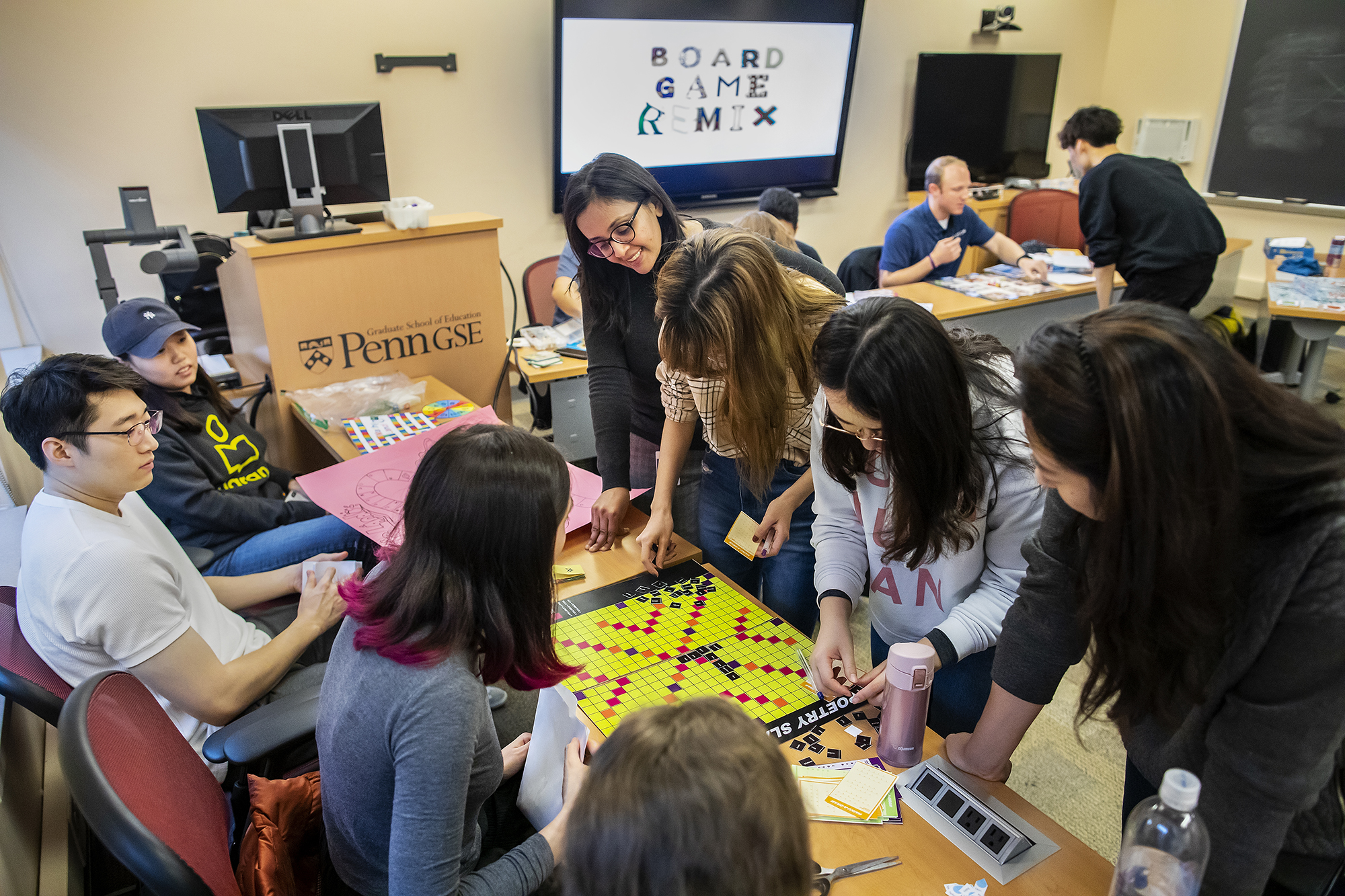Instilling good financial habits in youngsters is an important part of their entire education. Teaching children about money at a young age not only lays the groundwork for financial responsibility, but also provides them with valuable life skills. This article investigates several tactics and concepts for going beyond the typical piggy bank and instilling good money habits in youngsters.
Setting a Financial Foundation: The Basics

The goal of financial education for children is to a fundamental grasp of money. Begin by explaining the notion of money, its purposes, and the many types of cash. Teach basic financial terminology to prepare for more advanced concepts in the future.
Value of Saving
While the piggy bank is a traditional symbol of savings, children might benefit from learning more advanced saving techniques. Introduce the concept of bank accounts, explore online savings tools, and explain how to earn interest. This helps children understand the value of saving money in a more practical and meaningful way.
Budgeting for Children: Making Wise Choices
Simplify budgeting concepts for youngsters by teaching them how to distribute money for various purposes. Introduce the concept of allocating money into categories such as saving, spending, and giving. Encourage them to make sensible decisions about how to allocate their resources.
Earnings and Entrepreneurship

Teach children the importance of earning money through tasks and responsibilities. Encourage entrepreneurial thinking by developing creativity and problem-solving abilities. This not only instils a strong work ethic in youngsters, but also teaches them the relationship between effort and financial return.
Smart Spending: Needs versus Wants
Help children discern between needs and wants in order to establish responsible spending habits. Discuss the significance of prioritising necessary purchases and making deliberate choices about discretionary expenditures. This serves as the foundation for future wise financial decisions.
The Power of Giving
Introduce the concept of generous giving to help children develop a sense of generosity. Encourage them to share their resources and contribute to topics they are passionate about. This promotes empathy and a positive attitude towards assisting others in the community.
Understanding The Role of Banks
Explain how banks manage money, including ideas such as deposits and withdrawals, as well as the relevance of financial institutions. This early comprehension prepares youngsters for more advanced financial ideas as they grow older.
Introduction to Credit: A Future Financial Tool.
Present the notion of credit in an age-appropriate manner. Emphasise proper credit use and the necessity of keeping a solid credit score. This prepares children for future financial decisions and explains the repercussions of borrowing money.
Financial Goal Setting for Kids
Encourage children to develop attainable financial goals based on their hobbies and ambitions. Teach children the value of planning and conserving in order to reach their goals. This instills a sense of responsibility and discipline in handling their cash.
Learning from Money Mistakes
Cultivate resilience by accepting that mistakes happen, even with money. Encourage youngsters to learn from their financial mistakes, make educated decisions, and recognise that ongoing development is an essential element of the learning process.
Interactive Learning: Games and Simulations

Make financial education enjoyable by adding educational games and simulations. Recommend age-appropriate financial literacy applications and activities that keep youngsters engaged while reinforcing critical ideas.
Family Financial Discussions
Engage children in age-appropriate financial discussions within the family. Create an open discussion about family finances to help youngsters comprehend the larger context of financial decision-making.
Real-World Money Experiences: Field Trips and Activities
Field trips to banks, local businesses, or financial organisations can help students study more effectively. Create hands-on activities to teach financial concepts in real-world scenarios. This practical method broadens comprehension and makes financial education more tangible.
Conclusion
In conclusion, going beyond the piggy bank necessitates a complete approach to teaching children good money practices. Parents and educators may help youngsters develop important financial abilities by laying a financial foundation, presenting advanced ideas, and implementing interactive learning. Prioritising financial education at a young age is an investment in their long-term financial health and success.



